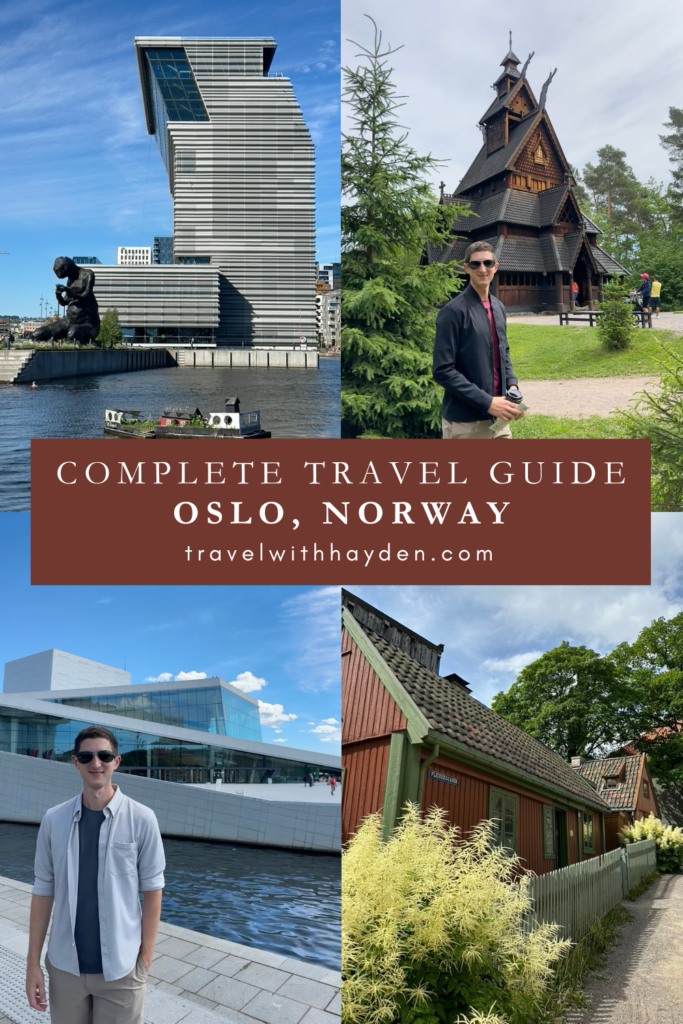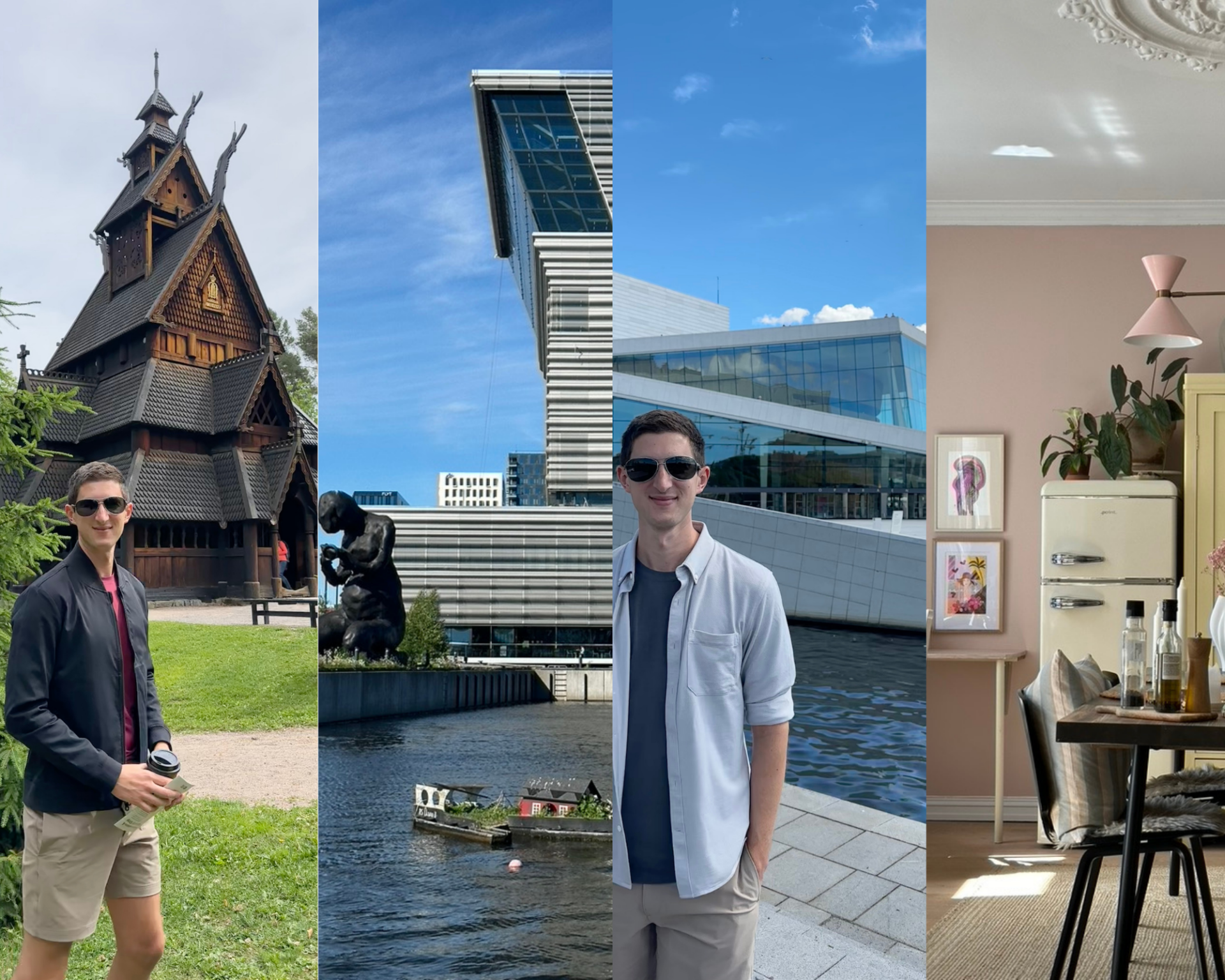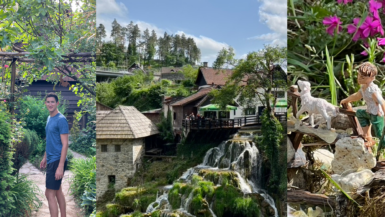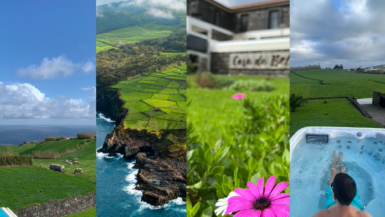Oslo, Norway’s capital, is a city where natural beauty meets urban charm, making it a perfect destination for a quick getaway. During my two-day visit from Sweden, I discovered Oslo’s unique blend of modern architecture, captivating museums, and serene landscapes. From strolling along the waterfront to exploring the historical wonders at museums, Oslo offers a wealth of experiences packed into a short trip. In this guide, I’ll walk you through the best things to see and do, where to stay, essential tips, and more to ensure you have an unforgettable weekend in this Scandinavian gem of Oslo Norway!
Find a great hotel stay in Oslo, Norway on Trip.com here!
Table of Contents
Oslo, Norway Complete Travel Guide
Why Visit Oslo?
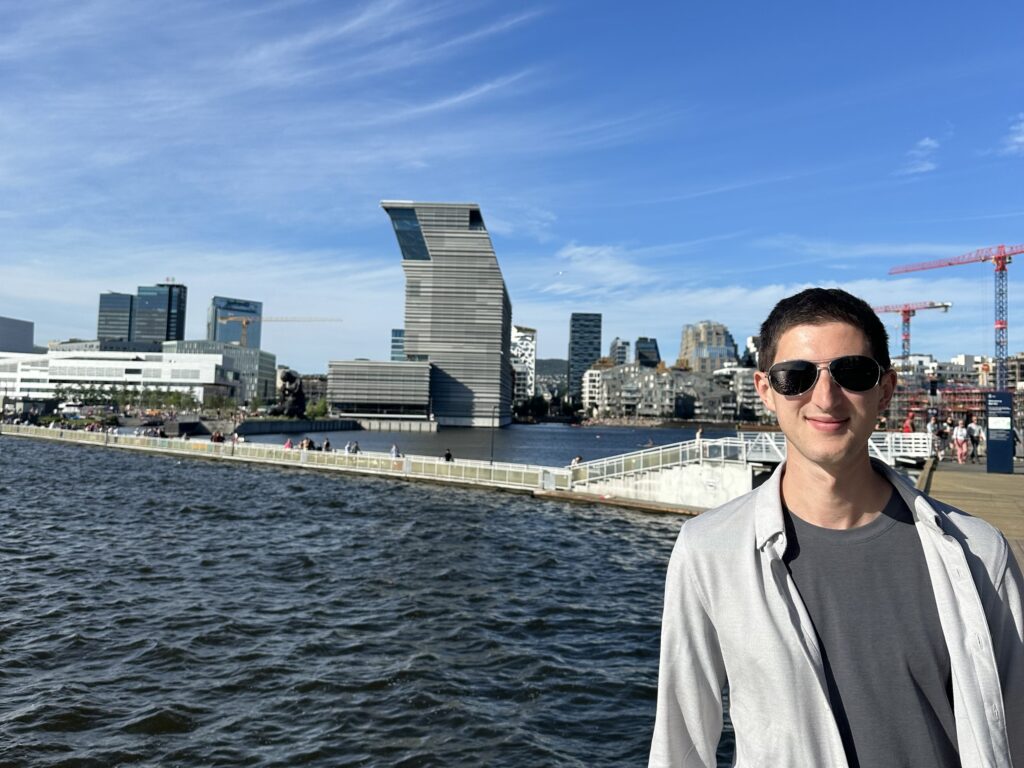
While Oslo might not have been the most thrilling city I’ve visited, it has its own charm that makes it worth exploring, especially if you’re already planning a trip to Norway. The city boasts a stunning mix of modern architecture and lush green spaces, providing a serene backdrop for your adventures.
One of the highlights is the waterfront area, where you can enjoy a leisurely stroll with beautiful views of the Oslofjord. I visited during the summer and the energy of the city was great, with lots of people enjoying swimming in the water and enjoying the waterfront. You can really tell that locals take full advantage of good weather when they get it.
In essence, while Oslo might not be a must-see destination on its own, it certainly adds value to your Norwegian itinerary. With its blend of nature, history, and culture, a couple of days in Oslo can offer a peaceful and enriching experience.
Best Things to See & Do in Oslo, Norway
1. Explore the Waterfront

Oslo’s waterfront, particularly Aker Brygge and Tjuvholmen, is a vibrant area that beautifully blends modern architecture with stunning fjord views. This newly developed area is a hub of activity, featuring high-end restaurants, trendy shops, and art galleries. Whether you’re in the mood for a gourmet meal, a casual coffee, or simply want to enjoy the scenery, there are plenty of spots to sit and soak in the ambiance.
The boardwalks are perfect for a leisurely stroll, offering ample opportunities to watch boats drift by and take in the fresh sea air. In the summer, this area truly comes alive with outdoor events and bustling terraces, making it a must-visit spot for anyone looking to experience the lively yet relaxed vibe of Oslo.
2. Visit the Oslo Folkmuseum & Viking Ship Museum
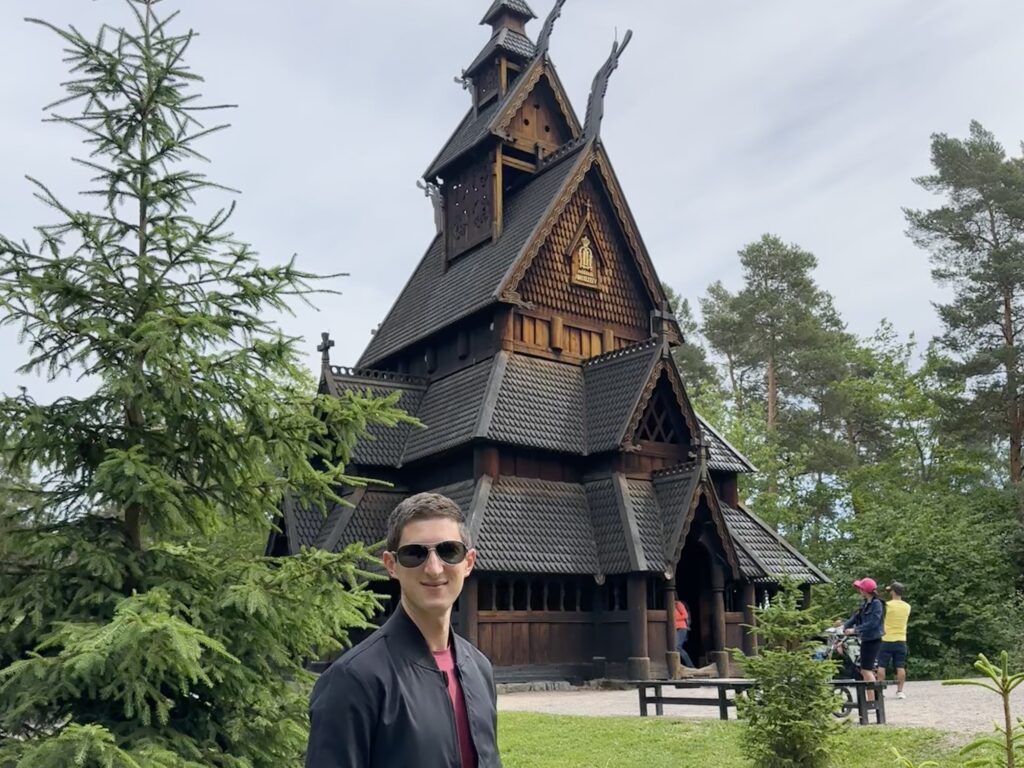
For me, the Oslo Folkmuseum was the highlight of my visit to Oslo. I loved exploring the old homes and knowing they were authentic historical buildings. The museum’s open-air exhibits feature traditional Norwegian houses and farmsteads, offering a genuine glimpse into the past.
There’s also a fascinating modern section that showcases homes throughout different eras in Norway. You could easily spend an entire day here, soaking in the rich history and culture. The on-site café serves delicious food, making it a great spot to relax and refuel.
While the Viking Ship Museum is currently closed for renovations, it’s set to reopen soon and is definitely worth a visit once it does. The museum houses incredibly well-preserved Viking ships and artifacts, providing a captivating insight into Norway’s seafaring heritage.
3. Munch Museum
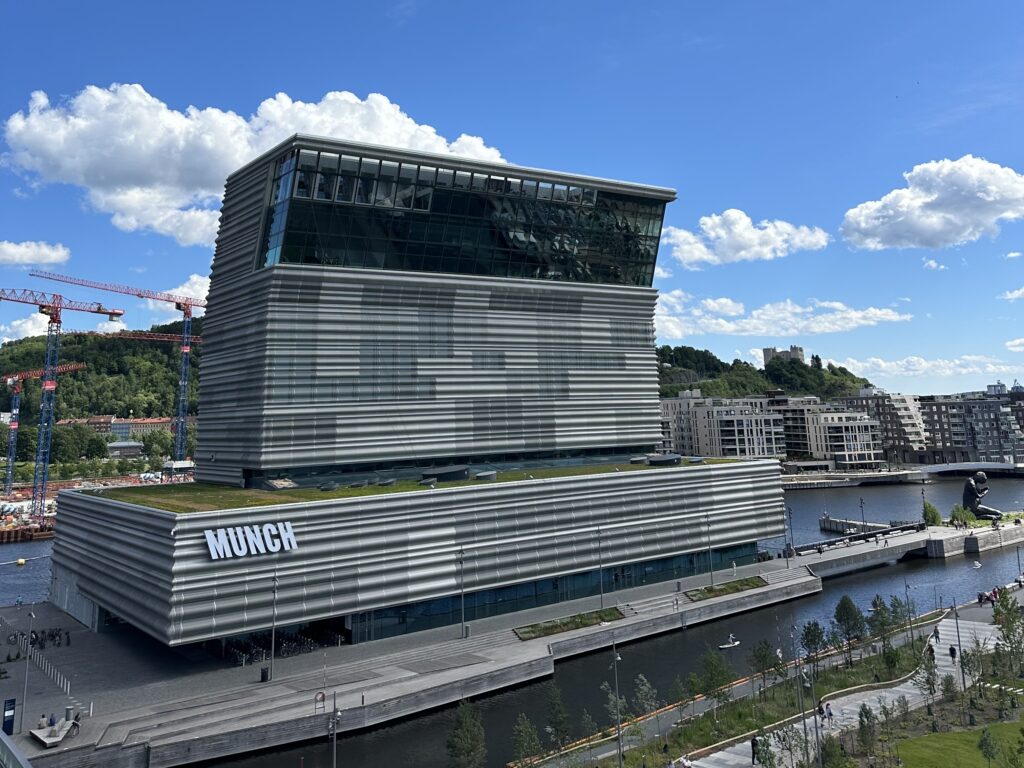
The Munch Museum is a must-visit for art lovers, dedicated to the works of Norway’s most famous artist, Edvard Munch. Housing over 26,000 pieces, including paintings, drawings, and prints, the museum offers a comprehensive look at Munch’s artistic journey.
The star attraction is undoubtedly “The Scream,” but there are many other masterpieces that capture his unique style and emotional depth. Whether you’re an art aficionado or just curious, the Munch Museum provides a rich and engaging experience.
4. Visit Telthusbakken and Damstredet
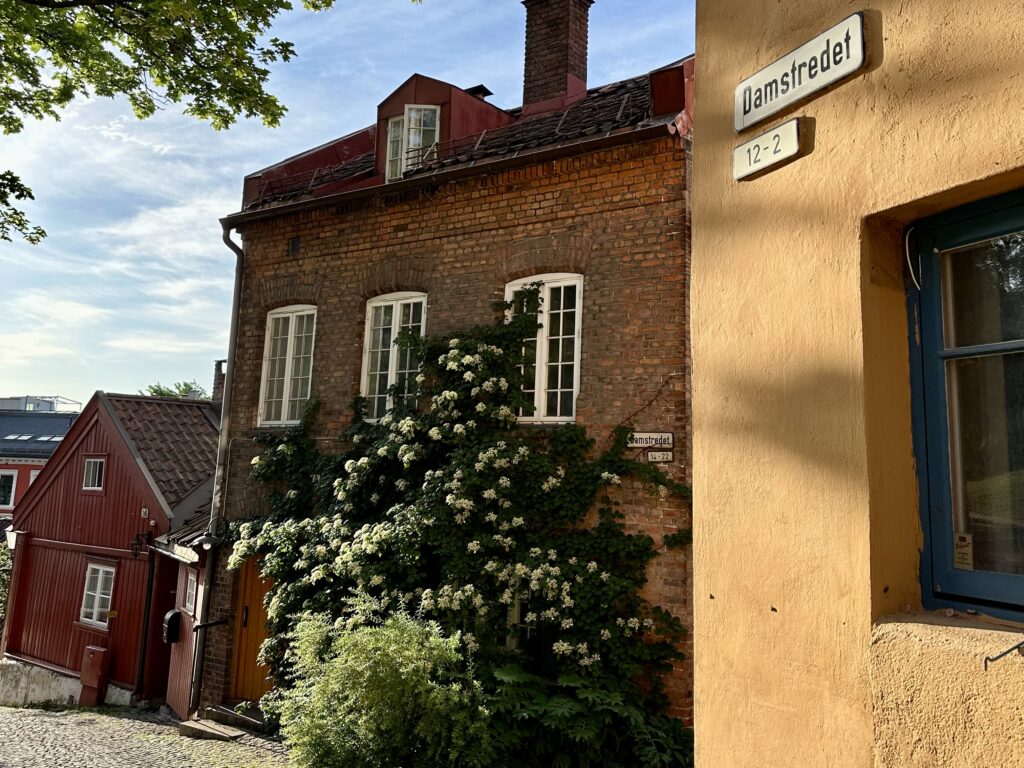
Telthusbakken and Damstredet are two of Oslo’s most charming streets, known for their beautifully preserved traditional wooden homes. These picturesque areas offer a glimpse into the city’s past, with houses dating back to the 18th and 19th centuries. The colorful buildings and quaint atmosphere make for a delightful stroll, providing a serene contrast to the bustling city center.
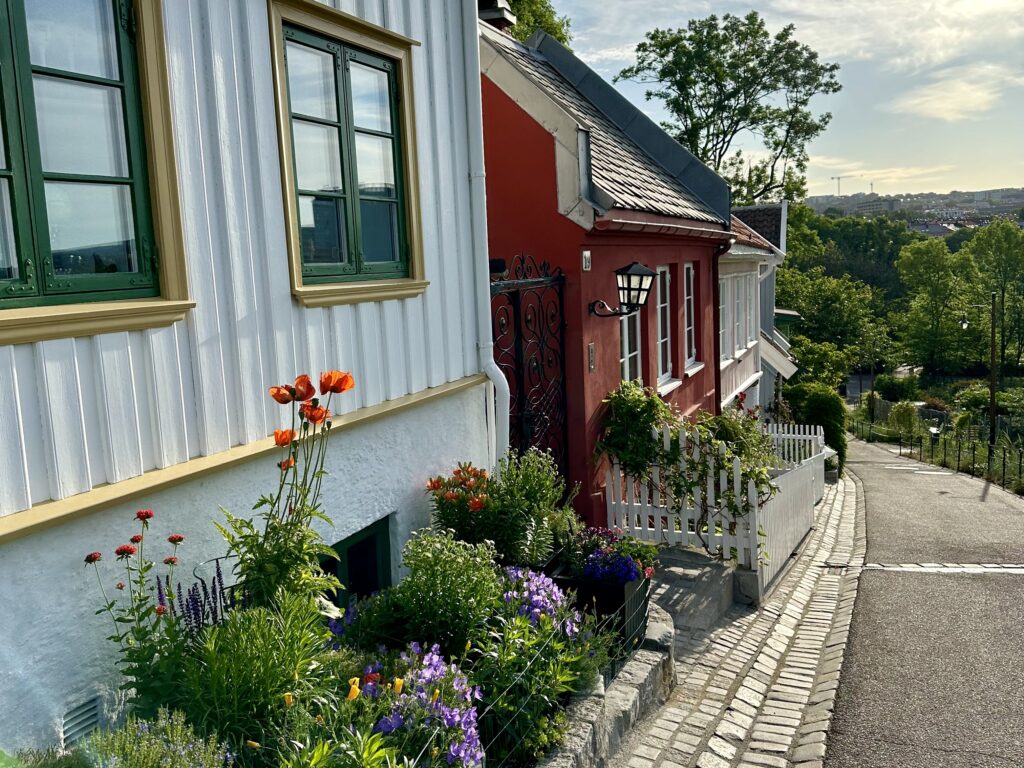
Although the area is relatively small, it’s definitely worth a visit if you’re nearby. The picturesque streets are perfect for a leisurely walk and some great photo opportunities. Be sure to follow directions on Apple Maps, as Google Maps can be inaccurate for this location. While it’s not an all-day destination, Telthusbakken and Damstredet offer a lovely, brief escape into Oslo’s historical charm.
5. Oslo Opera House

The Oslo Opera House is an iconic landmark and a must-visit in this architecturally modern city. Its striking design, resembling a glacier rising from the fjord, invites visitors to walk on its sloping roof for panoramic views of Oslo. This architectural marvel is not only a hub for the performing arts but also a symbol of the city’s innovative spirit. Whether you’re attending a performance or simply exploring, the Opera House offers a unique and memorable experience in Oslo.
6. Sauna along the Waterfront
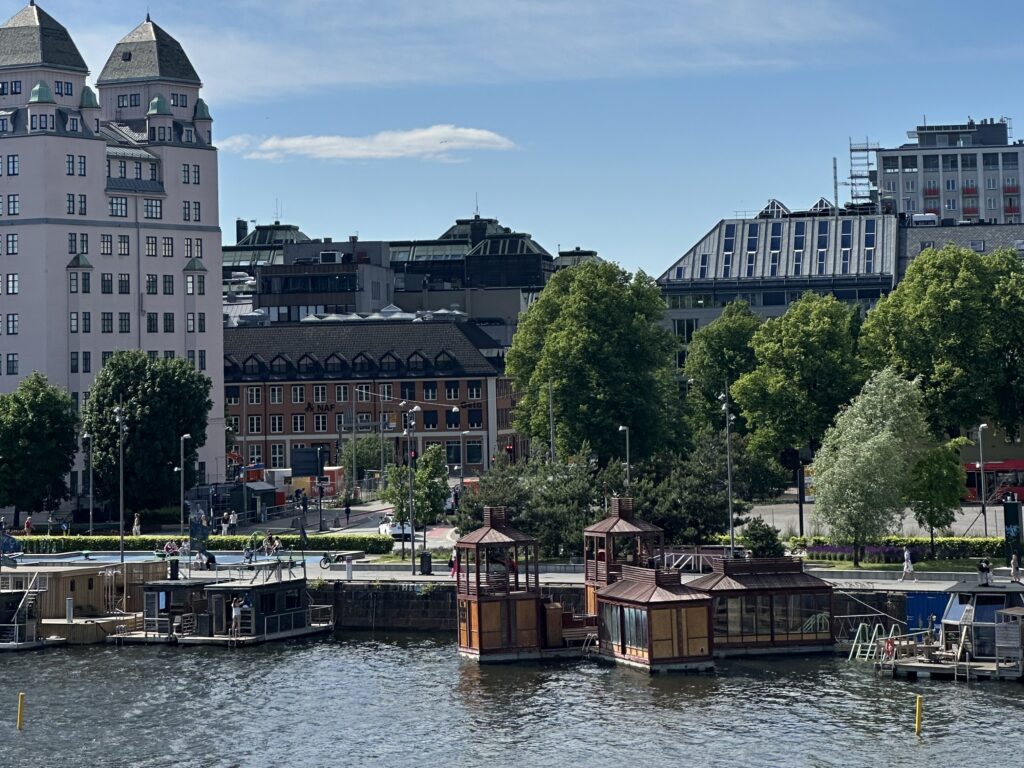
Although I didn’t try it myself, taking a sauna along the waterfront is a very popular activity in Oslo. On a sunny summer day, I saw many people enjoying this unique experience, with floating saunas providing a perfect way to relax and take in the beautiful fjord views. It’s a quintessential Oslo activity that combines wellness with nature, offering a refreshing and memorable way to spend time by the water.
7. Akershus Fortress
Akershus Fortress is a historic site that offers a fascinating glimpse into Oslo’s past. This medieval castle, built in the late 13th century, has served as a royal residence, military base, and prison. Today, it stands as a well-preserved landmark with stunning views of the harbor.
Visitors can explore the fortress grounds, tour the castle interiors, and learn about its rich history through various exhibits. It’s a must-visit for history enthusiasts and those looking to enjoy a scenic and culturally enriching experience in Oslo.
8. Vigeland Sculpture Park
Vigeland Sculpture Park is one of Oslo’s most unique and captivating attractions. Home to over 200 sculptures by Gustav Vigeland, the park showcases the artist’s exploration of the human form and emotions. The open-air museum is the world’s largest sculpture park dedicated to a single artist, and its beautifully landscaped grounds make for a relaxing and inspiring visit. Highlights include the iconic Monolith and the Wheel of Life. Whether you’re an art lover or simply looking for a serene place to stroll, Vigeland Sculpture Park offers a memorable experience in the heart of Oslo.
Where to Stay in Oslo

Oslo offers a variety of accommodation options that cater to different preferences, whether you’re seeking modern luxury, want to be in the midst of the city’s energy, or prefer a trendy neighborhood vibe.
Along the waterfront, areas like Aker Brygge and Tjuvholmen boast high-end accommodations surrounded by stunning architecture, top-tier restaurants, and activities galore, though this area is the most expensive.
Karl Johan Street is ideal if you prefer staying in the heart of the action, with easy access to Oslo’s main train station and all the major attractions.
For a more creative and youthful experience, Grünerløkka is an excellent choice, with its vibrant atmosphere, quirky cafes, bars, and boutiques. However, if scenic beauty and luxury are a priority, the waterfront is unbeatable.
Top 4 Hotels to Stay in Oslo, Norway:
- The Thief (Tjuvholmen): A luxurious, modern hotel known for its waterfront views and art-inspired design.
- Grand Hotel Oslo (Karl Johan Street): A historic and elegant hotel, centrally located near the city’s top attractions.
- Hotel Continental (Karl Johan Street): A sophisticated, high-end option offering exceptional service and classic Norwegian style.
- Scandic Vulkan (Grünerløkka): A more budget-friendly, trendy option, perfect for those looking to experience Oslo’s creative side.
Tips for Staying in Oslo:
- Book accommodations early, especially in peak seasons.
- Choose based on your budget and preferred vibe (luxury vs. bohemian).
- Consider proximity to public transport for convenience.
- Be mindful of Oslo’s high cost of living when budgeting for your stay.
How to Get Around/Transport Options

Oslo is a fairly small city, making it easy to explore on foot. Most of the major sights are within walking distance of each other. However, if you prefer or need other ways to get around, here are some convenient options:
- Trains: Traveling by train is an affordable and easy way to get to Oslo, especially from neighboring countries like Sweden. I took a train from Sweden into Oslo, and the journey was smooth and cost-effective. The Oslo train station is one of the cleanest I’ve ever seen. For all your train bookings, I recommend using the Omio app, which simplifies the process and offers great deals.
- Uber/Taxis: Surprisingly, Ubers in Oslo are not overly expensive, at least relatively speaking. Each Uber we used was nicer than the previous one, making it a comfortable way to get from sight to sight. If your budget allows, taking an Uber is a convenient and pleasant option for navigating the city.
- Rental Car: If you plan to explore beyond Oslo, renting a car might be on your radar. You can easily rent a car within the city and use it for your travels. However, it’s worth noting that Oslo residents don’t seem to drive much, as evidenced by the lack of traffic. Within the city, you might find public transport or walking more convenient, but a rental car is perfect for trips to the surrounding areas.
With these options, getting around Oslo and beyond is straightforward and can cater to different travel preferences and budgets.
Tips for Visiting Oslo, Norway
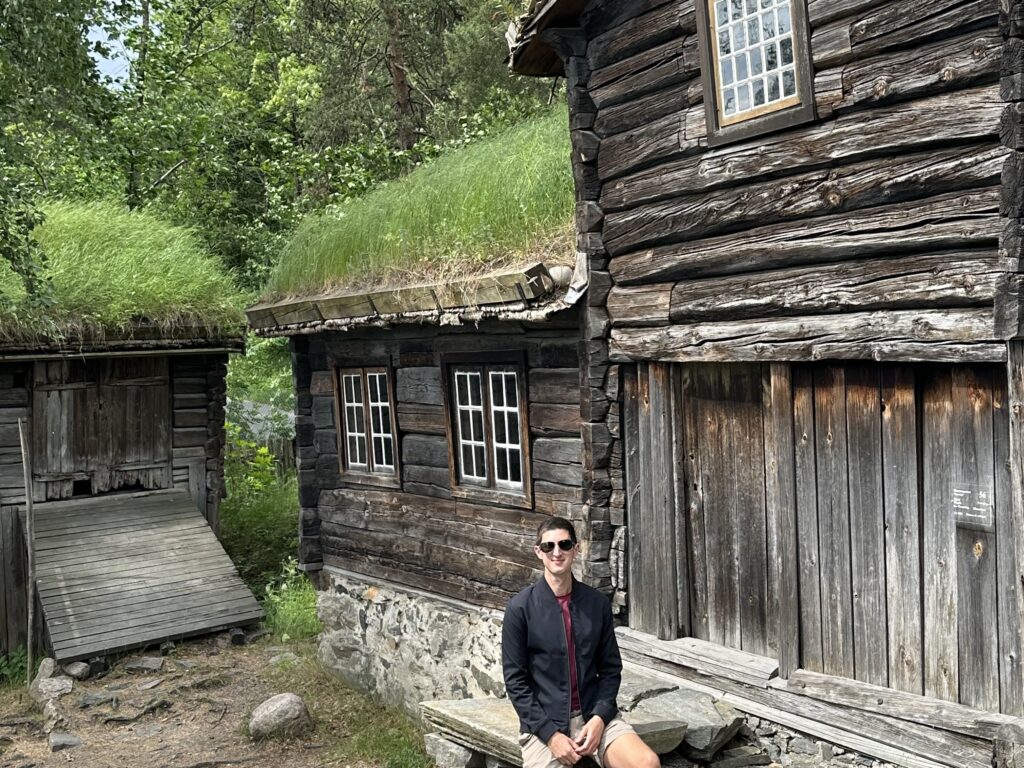
- Get Connected with Airalo e-SIMS: Stay connected throughout your trip with an Airalo e-SIM, which offers affordable data plans and easy setup, ensuring you have internet access wherever you go.
- Length of Visit: Two days should be plenty to explore the main attractions and get a good feel for the city. Plan your itinerary to maximize your time and hit all the key sights.
- Best Time to Visit: Summer is the ideal time to visit Oslo. The weather is pleasant, and the city comes alive with outdoor activities, festivals, and vibrant street life. The rest of the year can be quite cold and less inviting for outdoor exploration.
- Oslo Pass: Consider purchasing an Oslo Pass, which provides free entry to many attractions, free public transport, and discounts on various activities and dining options. It’s a great way to save money and make the most of your visit.
- Public Transport: Oslo’s public transport system is efficient and easy to use. Buses, trams, and ferries can get you almost anywhere you need to go. The Oslo Pass includes public transport, making it even more convenient.
- Pack Light but Warm: Even in summer, evenings can be chilly. Pack layers to stay comfortable, especially if you plan to spend time outdoors.
- Cashless Society: Oslo Norway is largely a cashless city. Credit and debit cards are accepted almost everywhere, so there’s no need to carry much cash.
- Explore Beyond the City: If you have extra time, consider taking day trips to nearby attractions like the Oslofjord, Holmenkollen Ski Jump, or even a scenic train ride to the fjords.
These tips will help you have a smooth and enjoyable visit to Oslo, making the most of your time in this beautiful city.
Conclusion
While Oslo Norway may not have been my favorite city, and perhaps even my least favorite in Europe, it still offers unique experiences worth exploring. The fascinating museums, such as the Oslo Folkmuseum and the Munch Museum, provide deep insights into Norway’s rich cultural heritage.
Strolling along the modern waterfront and discovering charming historical sights at the Oslo Folkmuseum were highlights of my trip. Despite its high costs and less thrilling atmosphere, Oslo has its own charm and is worth a visit, especially if you’re already in Norway. Exploring new places always brings fresh perspectives, and Oslo was no exception.
Pin this Post for Later!
